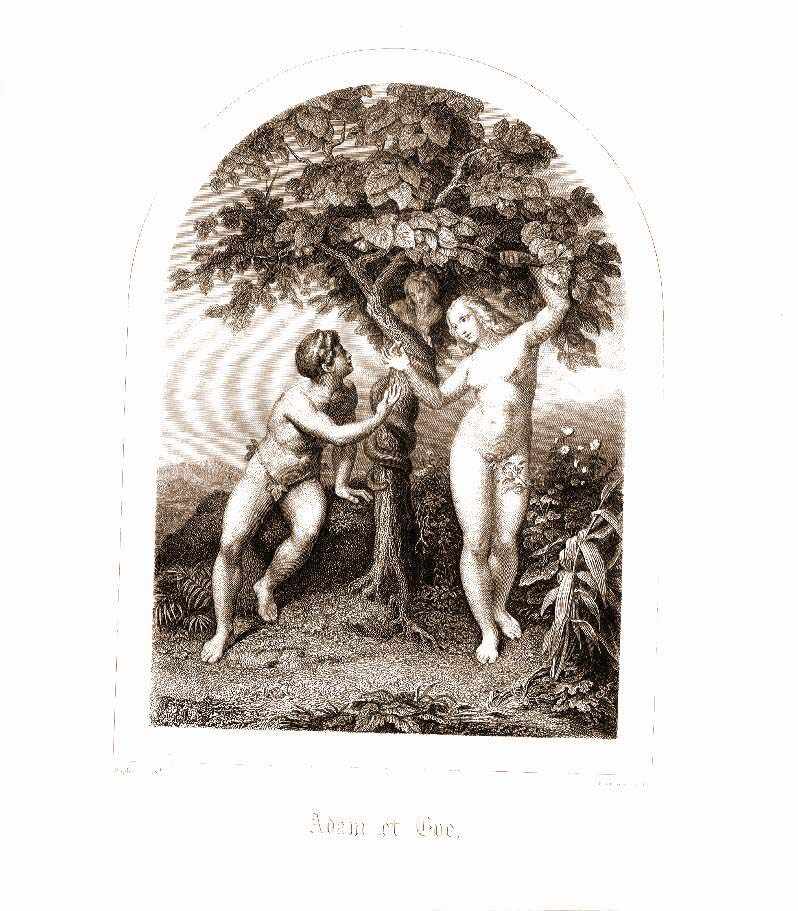Brain structure and emotional responses
![]()
Hypothetical ideas about cerebral neurons and the behavior of neuronal receptors (complex proteins) have revealed important facts on which opinions, such as George Lakoff's have been constructed.
The structure and function of the brain's diversified parts remain difficult to implicate in behavioral responses and emotional states.
We know for example that structurally the human brain shares with our ancestors three formative parts:
Lakoff insists that current brain research sustains his assertions, and to illustrate this he refers to what we have discovered that neurons do to substantiate his conclusions that narratives create a necessary sense of purpose in human thought.
![]()
“neural binding can create emotional experiences. In the area of the limbic system, the oldest part of the brain in terms of evolution, there are two emotional pathways with different neurotransmitters: one for positive emotions—the dopamine circuit—and one for the negative emotions—the norepinephrine circuit.”
P. 27.
“There are pathways in the brain linking these emotional pathways to the forebrain, where dramatic structure circuitry seems most likely to be located.”
pp. 27-28.
“Activations of such convergent pathways are called ‘somatic markers.’
It is they that neurally bind the emotions (downstream, near the brain stem)
to event sequences in a narrative (upstream, apparently in the prefrontal cortex,
at the front and top of the brain). The somatic markers allow the right emotions
to go where they should in a story. They are the binding circuits responsible
for the emotional content of everyday experiences.”
p. 28.

Eve,
the serpent, and Adam in the garden of eden form the quintessential Christian
narrative.
“Narratives and frames are not just brain structures with intellectual content, but rather with integrated intellectual-emotional content. Neural binding circuitry provides this integration.”
p. 28.
“We live in our narratives. The lived story is at the center of modern
personality theory. The theory of neural computation … shows how our brains
not only permit this, but favor it.”
“Narratives and frames” -- “means they are instantiated in our brains.”
“The roles in narratives that you understand yourself as fitting give meaning
to your life, including the emotional color that is inherent in narrative structures.”
p. 33.
“as we acquire the deep narratives, our synapses change and become fixed.
A large number of deep narratives can be activated together. We cannot understand
other people without such cultural narratives. But more important we cannot
understand ourselves—who we are, who we have been, and where we want to
go–without recognizing and seeing how we fit into cultural narratives.”
pp. 33-34.
George Lakoff, The Political Mind: A Cognitive Scientist’s Guide to your Brain and Politics. Penguin, (2008-2009).
![]()
Neuro-science: Brain structures | Memory | Mind-brain | Neuronal memory signals | Psycho-pathology | Mirror neurons
The neuronal partnership roles of astrocytes & glia.
brain, speech organs & language evolution
![]()
Index to the files containing notes on the book’s substantive matters:
§ George Lakoff The Political Mind. Chapters
§ Conservatives and progressives do not just have different goals and values.
§ One of the reasons that politics lets us down.
§ Temporal structure of the narrative.
§ The Brains language.
§ The story of narrative quality of knowing.
![]()
William Greider, Come Home, America
Social stratification and economic inequality
The ten lessons of Postman and Sontag.
Water- private property or public good?
Overseas, or Foreign Press a sampling
USA print media, daily newspapers
Let Us Now Praise Famous Men, Walker Evans and James Agee, 1941.
Technology
index ![]() landscape index
landscape index ![]() words index
words index ![]() map index
map index ![]() population
population ![]() photograph index
photograph index